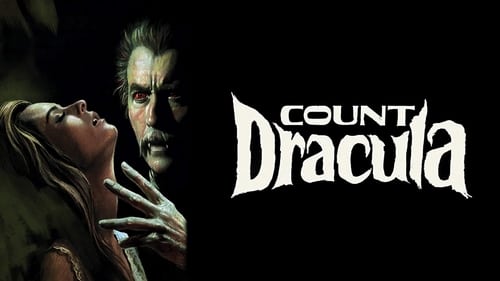


I have the DVD of this Spanish film production from circa '70 with the great Chris Lee and Herbert Lom. Yes, it is online with what Bram Stoker wrote back in the 19th century, yet I have never been overly impressed with Jess Franco's slow and ponderous style of film-making. I am a fan of horror / thriller, so I can deal with and accept the moments of slowness and the various scenes that drag, etc. I heard that Chris Lee was most happy with this production of Dracula. Well, I hope he was paid well to travel to Spain for the film shoot. If it wasn't for his supporting cast of Herbert Lom and Soledad Miranda, I feel this film would've been no better than a stink-bomb. I do not blame the setting or the cast, but rather the lousy direction from Jess Franco. In all reality, Jess Franco is no Terence Fisher. I mean, not even close.
... View MoreHerbert Lom as Van Helsing really should be a slam-dunk - Lom was a gifted, charismatic, powerful actor who, if properly directed, could take a part and run hard with it. Van Helsing is one of the great recurring roles in movie history - Anthony Hopkins does wonderful things with the role in the Coppola version of this story; Olivier does good things in the PBS version from the late '70s. If you've got Lom playing the role, let him go, cut him loose, make him the center of the show. He's wasted here. It's like the director said to him, "Play Van Helsing as if he were a tranquilized bore." Klaus Kinski as Renfield should be a slam-dunk too. Christopher Lee as the count, ditto. Add some beautiful women, some Rumanian peasants, a sexual subtext, and some Gothic atmosphere, and you should be able to create something that's at least watchable. Instead, we get a plodding, ponderous, badly paced, poorly photographed, horribly scored, thoroughly unscary work. Why? What went wrong? I'm fascinated by those questions. My best theory is because idiots directed and produced - idiots with too much money to burn and zero talent for direction and production.Addendum: I've just read, in another review here, that the producers scampered off with the money before the film was finished, forcing the director to foot the remaining bills. Noted.
... View MoreOh how dated this film looks. Some movies outlast their era and still look fresh. Not this one. The acting is way overdone, and almost comical. Actors look self-conscious as if always aware of the camera. But what makes this almost unwatchable is the cinematography. I got dizzy with the constant zooming in and out on faces, objects, and scenery. The lens also seems to move back and forth in rooms always looking for subject matter. My gosh, leave the camera on the tripod and let the story do the telling.Finally, for a 1970 movie, the narrow aspect ratio and film quality is awful. Colors are blaring without any subtlety of in-between shades. That may be the fault of poor lighting technique. Sound was was often unsynchronized with the speaker. It almost looks like it was shot on someone's home 35mm camera.The story is fair, and seems to follow the original literature. But I was so distracted by the half-hearted production values, I lost interest. The best version for me is with Louis Jourdan in PBS's version only a few years later.
... View MoreI don't know. I'm a big Jess Franco fan, but this has to be seriously one of his weakest movies, despite being one of the most widely distributed.I honestly don't know WHY it doesn't work. It has all the makings of what should have been a GREAT film. Jess Franco, Christopher Lee, Herbert Lom, Klaus Kinski, Soledad Miranda, and Jack Taylor - all doing a movie based on Bram Stoker's Dracula?! I think it misses in that it could have stood to be more graphic. It's also slow. Too slow. I'm also not the biggest fan of Franco's movies he partnered with producer Harry Allan Towers for, of which this is one. The cinematography is great, the sets look nice, but all and all there is just inspiration missing here.For a good Dracula movie that is close to the book, for my money I'd stick with Francis Ford Coppola's "Bram Stoker's Dracula".
... View More